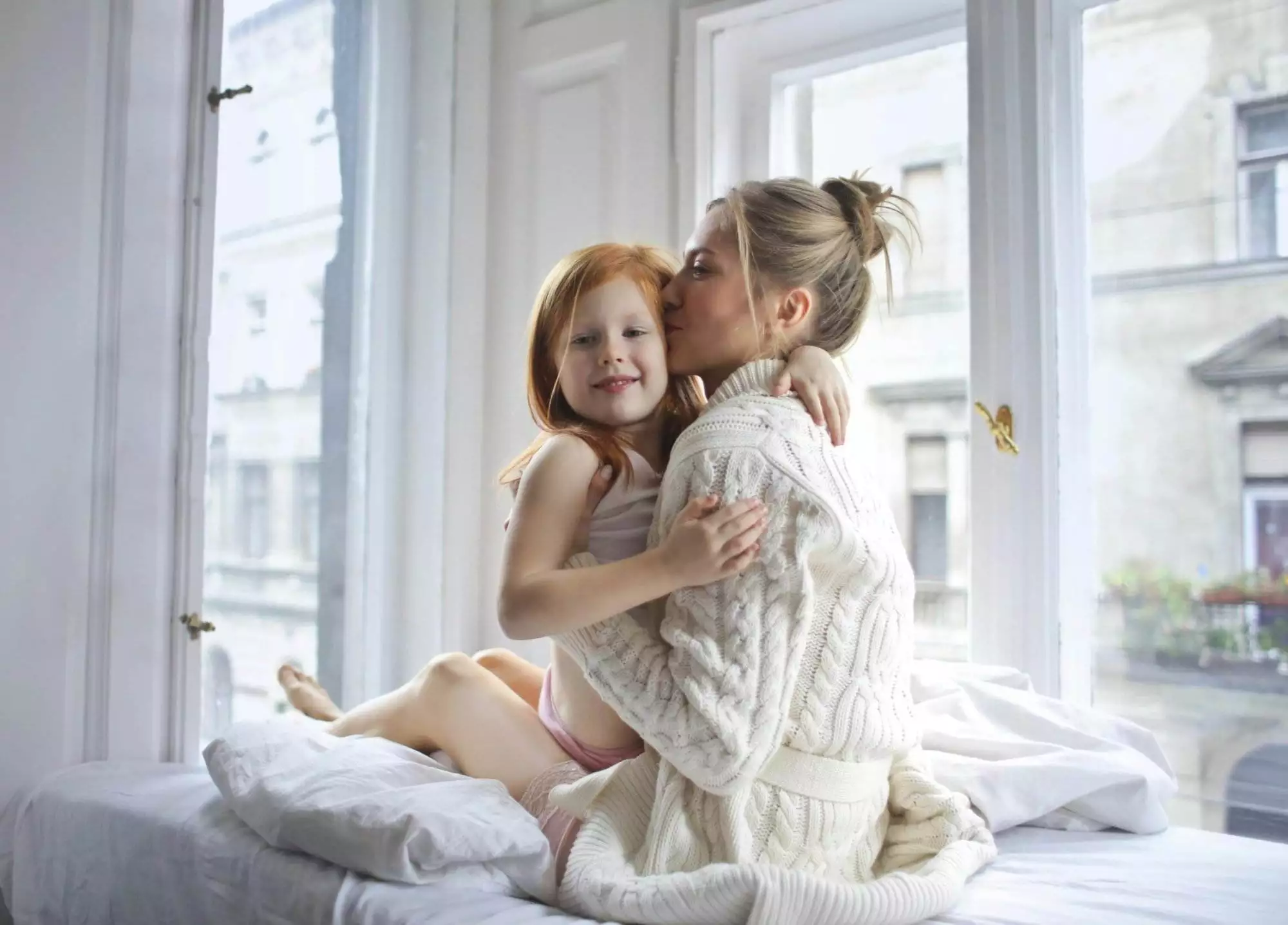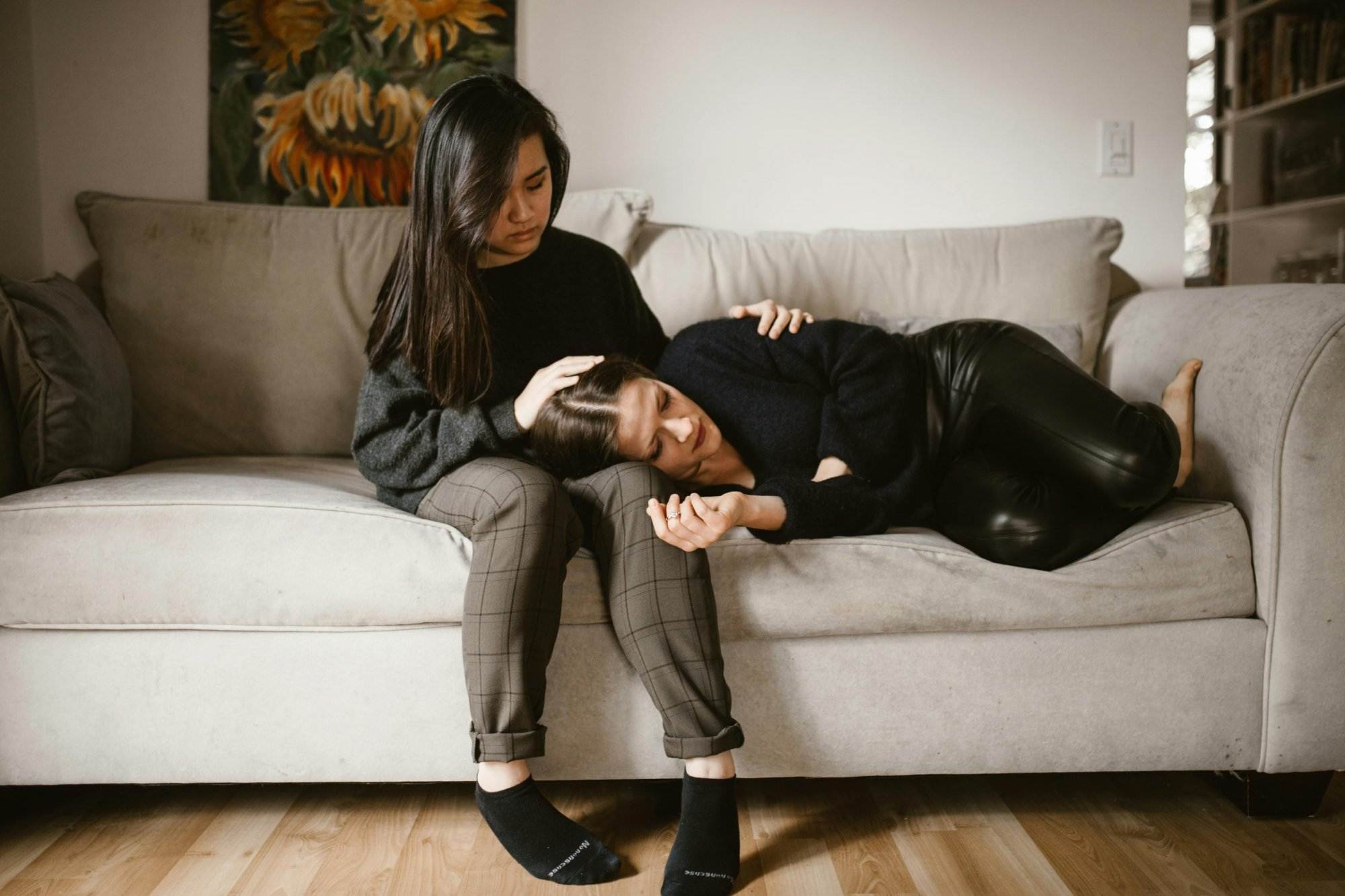On Thursday, 03 December 2020, President Ramaphosa addressed the nation to warn of a second wave of COVID-19 infections, announcing that South Africa had now exceeded 4,000 daily cases. The national state of disaster was also extended to 15 January 2021 during the speech.
President Ramaphosa identified three hotspots which was majorly contributing to this increase in new infections: the Nelson Mandela Bay and the Sarah Baartman District in the Eastern Cape and the Garden Route District in the Western Cape.
Hotspots are reportedly decided according to the number of new daily cases of infection, the testing rate for the population, the percentage rate of positive cases, the number of active cases and the number of deaths and/or admissions to hospital.
Nelson Mandela Bay was decided to be particularly problematic, and President Ramaphosa announced that local restrictions would be imposed on that area, which include the following:
1. Curfew at 22h00 until 04h00, except for essential workers or emergencies;
2. Alcohol to be sold from Monday to Thursday and from 10h00 to 18h00 only;
3. Alcohol banned from public places;
4. Restriction of people at any venues to no more than 50% of the venue’s capacity;
5. Post-funeral gatherings banned.
These local restrictions were announced as a means to prevent further infections and to ensure the healthcare system in that area is not overwhelmed.
Leading into the festive season, there are concerns that people throughout South Africa have become far too lax in recent weeks and months about wearing masks and taking safety precautions and preventative measures against COVID-19, threatening a second wave of infections and deaths.
Is Nelson Mandela Bay just the first of several areas which may see local restrictions imposed on them?
For direct answers to your specific personal questions, please contact us directly.
Author – Murray Taylor





